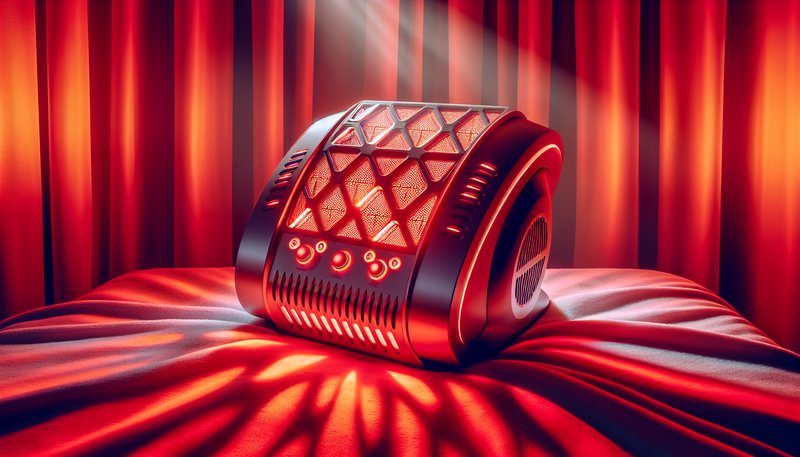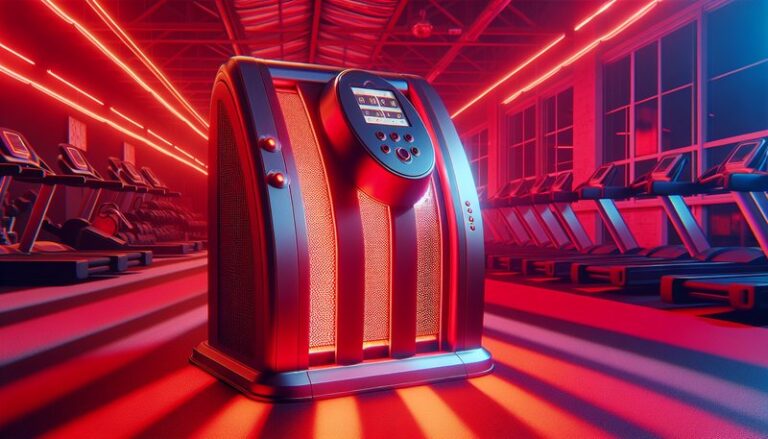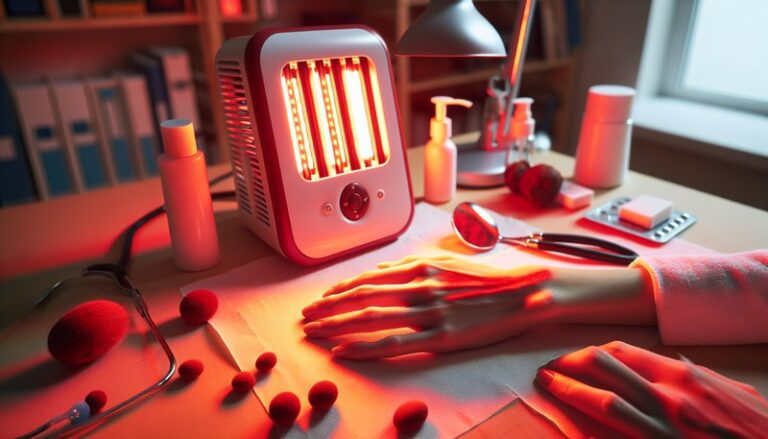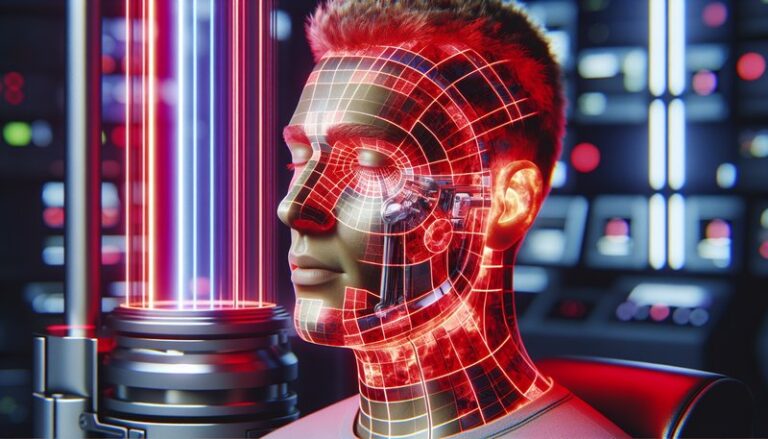How Close To Red Light Therapy?
Are you curious about how to maximize the benefits of red light therapy?
In this article, we will explore what red light therapy is, the benefits it offers, considerations to keep in mind when utilizing it, and alternatives you might consider. By the end, you’ll have a comprehensive understanding of how to effectively incorporate this innovative treatment into your wellness routine.
Key Takeaways
- Red light therapy uses specific wavelengths of light to promote healing and regeneration.
- Benefits include enhanced skin health, reduced inflammation, and improved muscle recovery.
- Considerations involve selecting the right device, duration of sessions, and safety precautions.
What is Red Light Therapy?
Red light therapy (RLT) is a treatment that utilizes low-wavelength red light to stimulate cellular activity and promote healing in various tissues. It is often employed for skin rejuvenation, pain relief, and recovery from injuries.
This therapy works by penetrating the skin to reach deeper cells where it boosts mitochondrial function, leading to increased energy production in cells. As a result, the body can heal more effectively and efficiently. RLT is used in both professional settings, such as spas and medical clinics, and through at-home devices.
What are the Benefits of Red Light Therapy?
Exploring the advantages of RLT reveals a wide array of potential benefits. Below, we delve into some significant enhancements you might experience.
Discover our review on Red Light Therapy during Pregnancy?
Discover the story in Can you do red light therapy post-peel?
Enhanced Skin Health
Red light therapy can help improve skin appearance by promoting collagen production, which can reduce wrinkles and improve skin elasticity. Many users report a noticeable change in skin texture and clarity after consistent sessions.
Reduced Inflammation
The anti-inflammatory effects of RLT make it a popular choice for individuals suffering from conditions like arthritis or chronic pain. Studies have demonstrated that RLT can significantly reduce inflammation levels, aiding in quicker recovery and relief from discomfort.
Improved Muscle Recovery
Athletes often turn to red light therapy following workouts to enhance recovery. By increasing blood flow and oxygen delivery to muscles, RLT supports repair processes, decreasing soreness and improving performance.
Pain Relief
Many users report that RLT effectively alleviates localized pain, making it beneficial for conditions such as back pain, joint pain, and sports injuries. This non-invasive treatment can serve as an alternative to medications.
Is it Possible to Get Close to Red Light Therapy?
Getting close to red light therapy refers to the distance at which the treatment should be used for maximum efficacy. The optimal distance can vary based on the device being used and the specific treatment goals.
What are the Advantages of Using RLT Devices at the Right Distance?
Using RLT devices at the proper distance can maximize exposure and promote better results.
Ease of Use
Maintaining an appropriate distance means that you can comfortably position yourself for treatment without straining. This can help you relax during your session.
Concentration of Light
When you use the right distance, more light energy penetrates the skin effectively, enhancing the therapy’s overall therapeutic benefits.
Safety
Keeping proper distance prevents overheating or excessive energy exposure, mitigating potential adverse effects.
What are the Things to Consider Before Utilizing Red Light Therapy?
Before starting red light therapy, there are several important factors to take into account.
Device Selection
Choosing the right device is crucial. Look for reputable manufacturers and check for clinical studies backing their products to ensure efficacy.
Treatment Duration
Determine how long you will use the therapy device. Most studies suggest treatments ranging between 10 to 20 minutes per session, but this can vary based on individual needs.
Skin Sensitivity
If you have sensitive skin or ongoing skin conditions, consult with a healthcare provider to ensure that RLT is suitable for you.
What are the Alternatives to Red Light Therapy?
There are several alternative treatments to consider if RLT doesn’t resonate with your preferences or needs.
Laser Therapy
A more intensive option, laser therapy uses focused light to target specific tissues. It is highly effective but often requires professional administration.
LED Therapy Masks
For those seeking skin benefits similar to RLT, LED therapy masks provide phototherapy at home, using various light wavelengths to tackle different skin issues.
Ultrasound Therapy
This therapeutic method employs sound waves to stimulate tissue healing and reduce pain, offering a non-invasive alternative.
Conclusion: Is it Recommended to Use Red Light Therapy?
In summary, red light therapy offers numerous benefits, including enhanced skin health, reduced inflammation, and improved muscle recovery. While it is generally safe for most individuals, considerations regarding device selection, treatment duration, and skin sensitivity are essential to maximize effectiveness.
Overall, if you’re looking for a non-invasive treatment option with a range of applications, incorporating red light therapy into your routine may be highly beneficial.
Frequently Asked Questions
How often should I use red light therapy?
For optimal results, it is generally recommended to use red light therapy 3 to 5 times per week. Always consider your personal needs and consult with a professional if you’re unsure.
Is red light therapy safe for everyone?
While RLT is safe for most individuals, those with specific medical conditions or skin sensitivities should consult a healthcare professional before starting treatment.
Can I perform red light therapy at home?
Yes, there are numerous at-home devices available that allow you to perform red light therapy sessions conveniently and effectively.
How long does it take to see results from red light therapy?
Results can vary based on the individual and the condition being treated. Some users may notice improvements within a few sessions, while others may take weeks to observe significant changes.
Are there any side effects associated with red light therapy?
Generally, red light therapy has few side effects, but some individuals might experience temporary skin redness or irritation. If you notice any adverse reactions, discontinue use and consult a healthcare provider.





